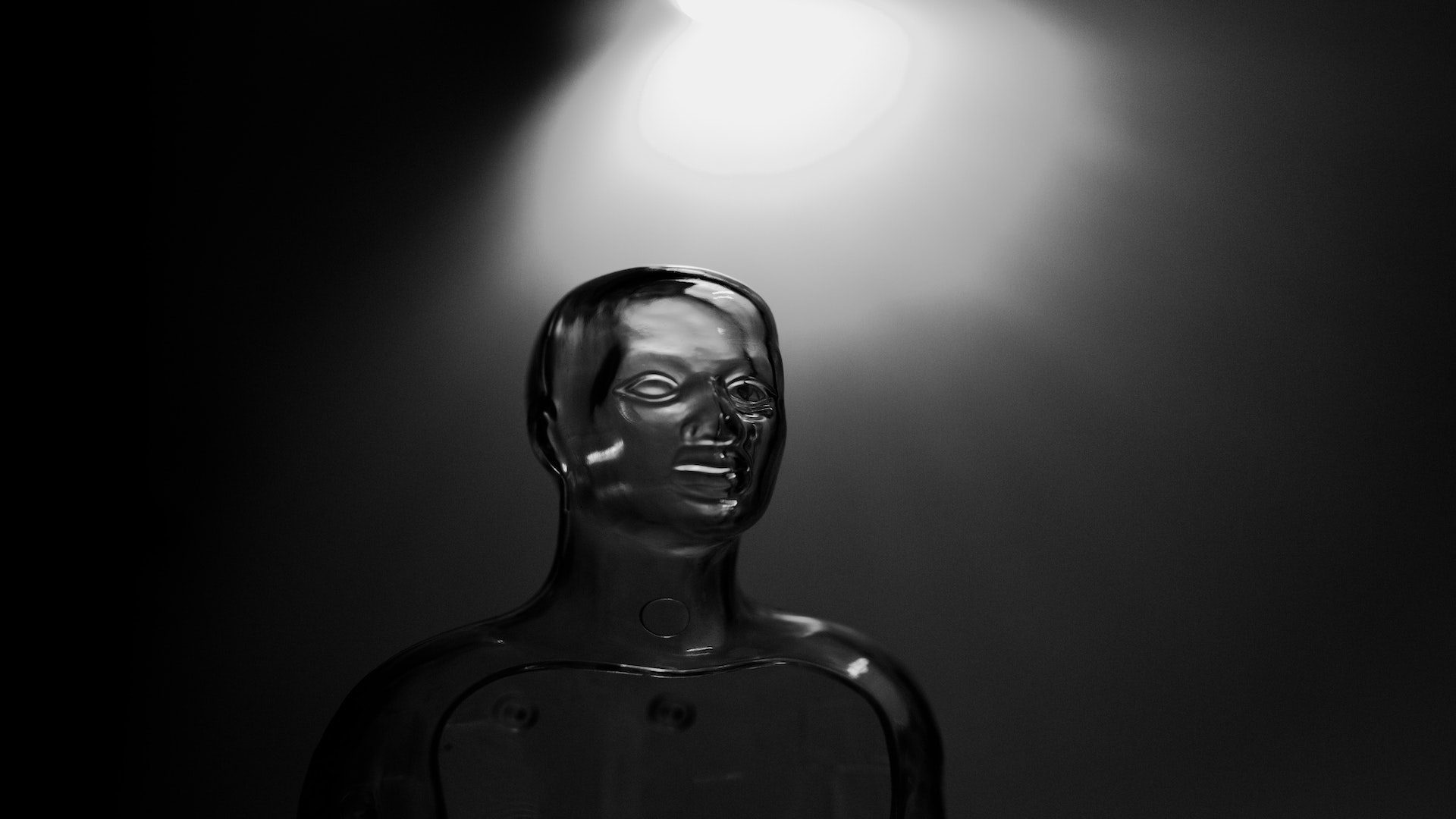The rise of AI technology, especially over the past decade, has been revolutionary. On the one hand, it feels as though we’ve adapted to AI developments accordingly. Yet on the other, there’s still so much to learn from recent AI advancements. One sector we’re still speculating about is the creative arts. Moving forward, how will AI’s growing popularity impact contemporary art?

The latest technological marvel is known as a ‘deepfake’. Essentially, this is a type of AI that can digitally alter real images. This type of media is impactful because it can completely transform the way you remember and perceive things.
As ExpressVPN’s blog piece highlights, the rise of digital technology can make you question your own thoughts and even struggle to differentiate between what is real and what isn’t. The blog also offers some valid points as to why there could be growing concerns surrounding deepfakes, especially by delving into the Mandela Effect, which is a phenomenon in which large groups of people misremember events. This all sounds unsettling, but there are also numerous positives to consider as well.
Deepfakes have, as discussed in Verdict’s article, hit social media platforms like TikTok, YouTube, and Twitter by storm. Deepfakes have been applauded as a source of entertainment because they’re quite often comedic. A good example is the YouTube video of a fresh take on 80s classic Back to the Future. In this video, Spider-Man’s Tom Holland and Iron Man’s Robert Downey Jr’s faces have been edited onto Michael J. Fox and Christopher Lloyd within the infamous school corridor scene. For avid fans of the franchises, the light-hearted twist on cult classics is entertainment at its finest.
It’s important to remember, however, that the positive impact of deepfakes on art doesn’t stop there. Let’s rewind to 1994 to the release of Forrest Gump. The movie’s digital effects team won a prestigious Oscar award for placing a real Tom Hanks in the same scene as an artificial John F. Kennedy. Yes, achieving these results today may be much quicker and practically effortless thanks to AI, but is that a bad thing? In some circumstances, tools like this could be used in modern filmmaking, allowing us to reach new technological milestones that enhance the visual experience of future movies.
This is no different for pictures, either. This is yet another medium that deepfake AI can easily alter. For example, in 2019, a deepfake picture of the Mona Lisa surfaced online – it turned her painting into something that looked far more human-like than the original piece. This edit achieved a widespread impact and was even the topic of one of the BBC’s news articles. Some may argue that the tech is intruding on the initial piece, but AI can also remaster and restore existing art pieces. It gives us a glimpse of what famous pieces like this could have looked like if they were created today, and that’s an intriguing thought.
Although there are rightful concerns, deepfakes have cemented themselves as one of the next big AI tools that will help bring us forward in many ways, particularly in the art world.







